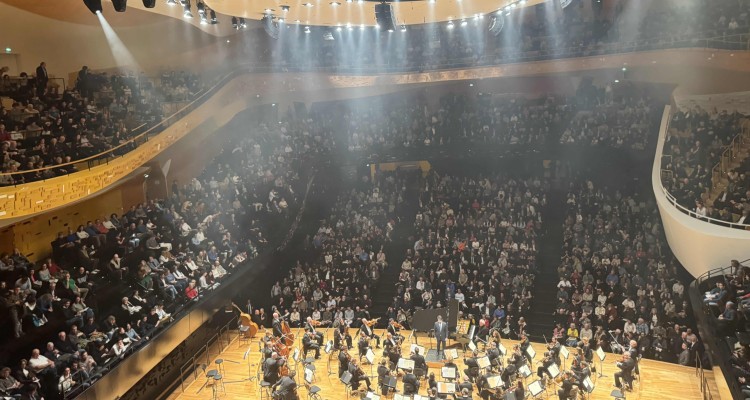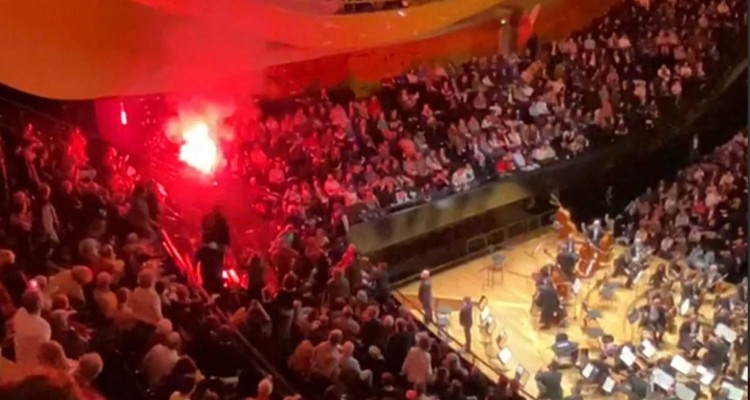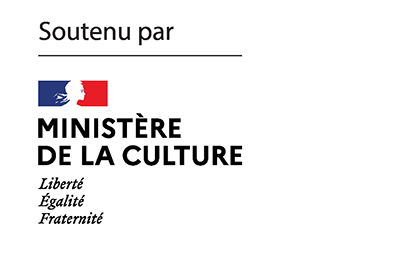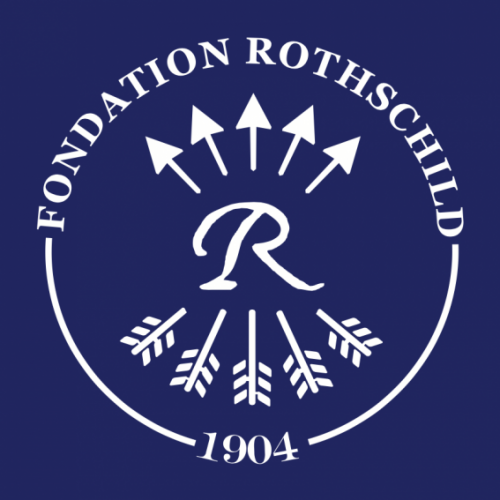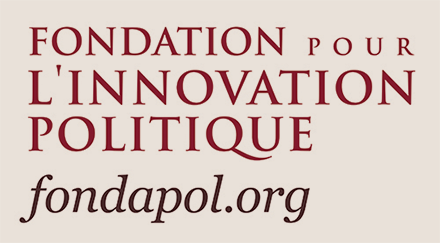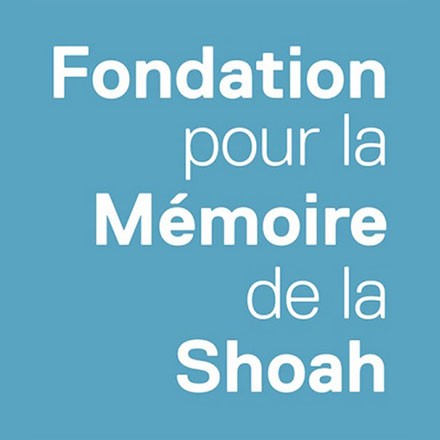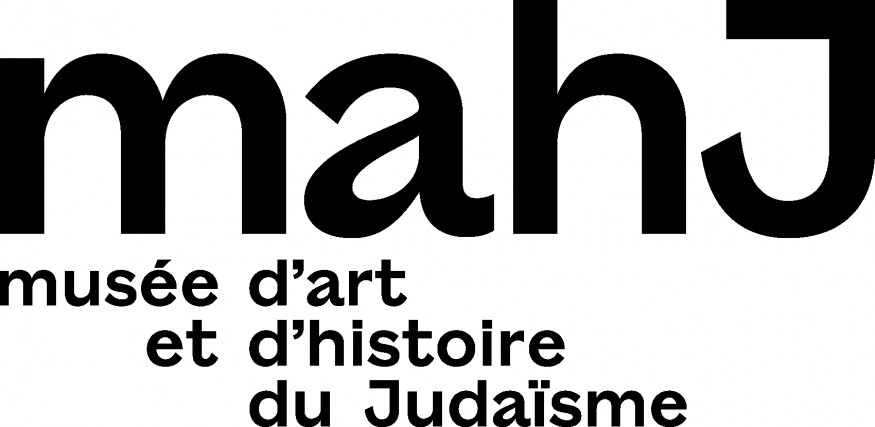What did Kafka’s work mean to the rising generation of German Jews who embraced it with fervor in the 1910s and 1920s? What experience of the modern European Jew was refracted for them in his writings? Faithful to Kafka’s heartfelt cry of “Psychology, Never Again!” Bruno Karsenti traces the profoundly modern path that Kafka traced out for this generation, a path that one could tread without nostalgia for a lost Orthodox world, but along which one draws strength from a tradition that cannot be silenced, even to the point that its silence moves us.
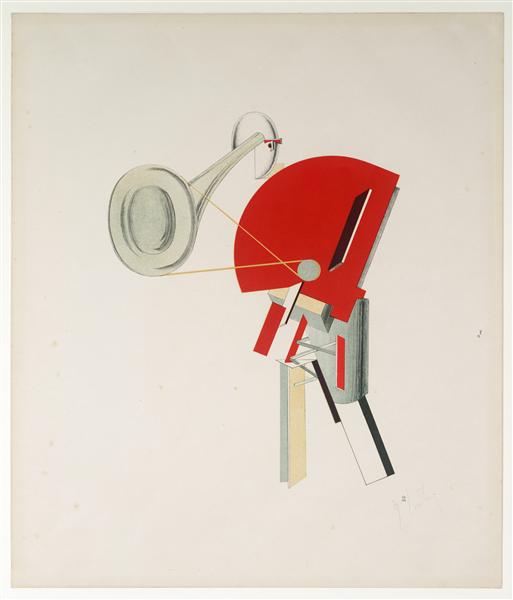
There are, in the relatively short trajectory of emancipated Jews, generations which continue to serve as a reference point for those who follow them in the new problematic situations which history has in store for them. This was particularly true of the German or German-speaking Jewish youth of the interwar period. We can see the flaws in their searching from the vantage point of our century, but this endeavor also underscores the task which a generation faces when living with incertitude and seeking to endow itself with new touchstones. This enterprise draws both on what the conditions of the time permit and who are the concerned individuals. This quest wars distilled for the rising generations of the interwar in a proper noun: Kafka. Since then, the centrality of the man and his work have endured almost intact, revamped across the generations, but invested always with an equal degree of anxiety, passion and exaltation.
As soon as one attempts to retrace the history, one realizes that it is quite difficult to imagine how Kafka’s prose resonated with his first readers. One word sums up this generation, that of rebellion. Bourgeois illusions no longer held, the Germanization of the Jews was laid bare as a sham, enigmatic forces were corroding the armature of the past. Among the illusions that had to be overcome, in the first place, was the accommodation, the domestication advocated by the fathers, whether it was a question of assimilation, reformism or philosophical conciliation. Germany was vaunted by the old men as true fatherland, a demonstration often made with great eclat. The new generation opposed to this a quest for vitality, renewal and return. But back to what? And where to go?
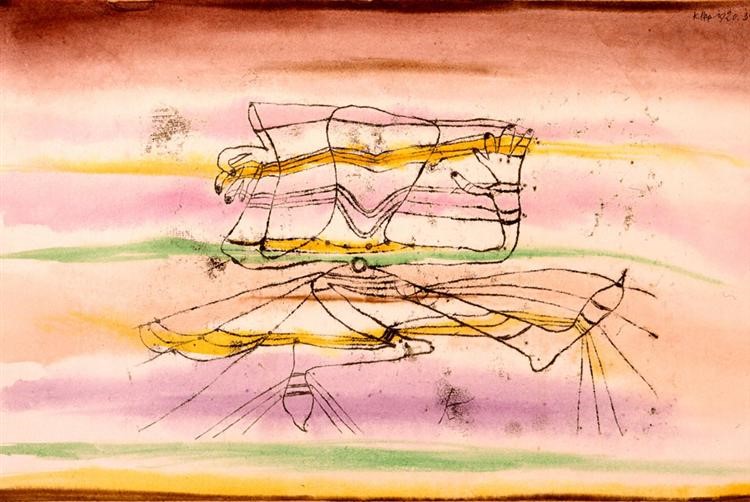
Zionism, at least in its cultural vein, presented itself as an option, the most attractive one perhaps, though replete with ambiguities. For what, from Europe, or more precisely from European Judaism, was then transported to this distant country as a “portable homeland”? Franz Rosenzweig, one of the protagonists in the rebellion, unmasked the limits of the operation: it was rather a “portable absence of homeland” that Zionism would have to resolve to illustrate. It may succeed in doing so, but that would not make it the expected end, but rather an additional wrinkle of the same predicament. For if the Jews are Jews, thus, their only true portable homeland, since the exile, is none other than the Torah. Deprived of territory and Temple, they are at home in their scriptures, living from it and in it, even when they are no longer fully aware of it and have moved significantly away from it. In this remove, many situations have arisen, which have mitigated the exile, compensated for the loss and the political weakness in a more or less viable and more or less bearable way. Let us even say: have rendered Jews more or less oblivious of what exile represents as constitutive for themselves as a people. The effort to rebuild communities and forms of existence in which being Jewish would regain the fullness of meaning is a reaction to this kind of forgetfulness. The youth movements, even in Germany, had pursued it on a practical level. It is conceivable that they were keen on what was seeping in from the East, which contained a Jewish authenticity of which one felt deprived in Germany: a reality which seemed to them at once distant and alive, extremely distant and surprisingly alive.
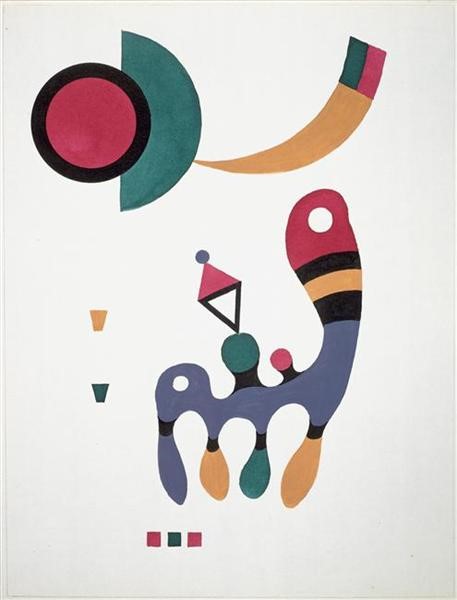
It is this east wind that presents itself as salubrious. The Hasidic stories unearthed by Martin Buber counted for a lot, as did the importation of an ancient and flourishing Yiddish literature, the richness of which left readers somewhat astonished. In every text, in every play, in every story and in every poem, one went in search of secret springs, of forgotten harmonics. One imagined that this colorful, pulsating background could be reached against the will of the fathers, who were exhausting themselves to make what was only a skeleton stand. The fascination of the Ostjuden, the Jews of Russia, Lithuania, and Poland, cannot be minimized in this context. Gershom Scholem, in his account of those years, sums it up as follows: every lost immigrant one met on the streets of Berlin emerged as the reincarnation of the Baal Shem Tov.
But this is precisely not how Kafka, whose prose came from Prague, who spoke and wrote in German and could be called a West European without hesitation, was understood. One would be quite mistaken in thinking that it is to this kind of strangeness that his texts owe their resonance. On the contrary, Kafka was ranged among those who were blindly searching, groping and trying to regain their footing without giving up their desire to break away. He too was an actor of the rebellion. What makes him unique is that he gave it a twist that one did not expect. He represents, one might say, the surprise within.
As for the aspect of rebellion, few lines express it better than those found in the Letter to His Father. Kafka recounts his boredom at the synagogue: the supposedly solemn moments of the opening of the Holy Ark, where, marooned in his chair at his father’s side, he imagines himself facing a shooting gallery at a fair. In front of him, he sees “a box opening when you hit a bull’s-eye, except that it was always something amusing that came out, whereas here, it was always the same old headless dolls.” Derisory and decapitated characters, the Torah scrolls as they are presented to the son no longer have the status of a text.

It is understandable that for Kafka, too, the wind from the East must have blown very hard. His speech at the Jewish House in Prague in 1912 begins with these words: “I want to tell you, ladies and gentlemen, how much more Yiddish you understand than you think.” That is to say, you understand more than you think you do of this language, which is made up of plunder accumulated on the roads of exile, and whose stolen words form a strong net for otherwise Europeanized listeners (that is to say, nationalized, whether German, Austrian or Czech), who can always let themselves be enveloped in it. Certainly, says Kafka, they will feel a kind of fear when listening to this language. But it is a bewitching, beneficial fear: a fear, not of Yiddish, but of themselves. A strong feeling of confidence is the counterpart. For fear comes only from the fact that one feels strength growing within oneself that one did not suspect, that the whole cultural context was trying to stifle, but which remain available to those who know how to seize them.
Kafka is thus on the side of Scholem and Benjamin, his transfixed readers. A few years older than them, he knows the same dilemmas. He listens, anxious, to a tradition that is in every way different from the hollow and dried-up form that one claims to bequeath him. But like Benjamin and Scholem, he knows that the solution cannot have the simplicity of an evocation, however comforting it may be. For what comes from the East can only be heard by the Jews of the West against a background of loss. It is therefore this very loss that they must reflect upon, examine and deepen. And it is in this movement that they become the analysts of a problem of general scope, transcending their particular situation. They question what it means to listen from now on, from the abandonment or the modern theological mutism of which they have a redoubled experience, since they know that this time they have to completely invent their own version of the return. A return that corresponds to them, that belongs only to their generation, as well as in opposition to their fathers and at a distance from those witnesses that they imagine to be, rightly or wrongly, proof of timelessness.
In this constellation, Kafka’s place is unique. For Scholem and Benjamin, in the course of a period in which the horizon was darkening and the polar night of the German-Jewish synthesis drawing nigh, he emerged like a magnet that drew toward itself the individualities scattered in the disorder of rebellion. To read Kafka is to analyze oneself, to read within oneself. But then, it is also better to see the options that open up, depending on the meaning that one draws from the reading. Let us try to specify the terms of what, in the end, looks like an alternative between these two major figures of European thought, both irrigated, or rather carried away by Kafka.

For both of them, it is clear that Kafka’s work is a complete break from modern literature. For it manages to get out of the problem of listening, or of connection to tradition, by a sudden reversal. Without owing anything to the productions of the Ostjuden, without drawing on canons of any kind and without being inspired by the Scriptures, and thus by an already constituted sacredness, Kafka acts in his turn, if not as a source, at least as an absolutely reliable transmitter.
This is the mystery: Kafka transmits, he realizes the transmission, though he is entirely situated on the side of the interrupted reception. To put it more simply: through his language, through his tropes and images, in a style and with the help of apparently de-theologized contents, he succeeds in placing modern readers in general, and Jews among them, back into the orbit of revelation. He puts them back into a position of listening, they who, en masse, by secular means or otherwise, had cut themselves off from it. What we call the “Kafkaesque aura” is of this kind. It translates the fact that one can still write in the light of a revelation which, emptied of its traditional content, continues to manifest its power, that is to say, retains the force of law. But what price must we pay for this kind of reinsertion? Let us understand: what relationship to the law is woven in this non-sacred, but no less imperious language, which Kafka succeeds in making us hear as an unknown reverse side of our profane language? Each of Kafka’s texts, in a particular way, raises this kind of question.
This is the case of The Silence of the Sirens, which so captivated Benjamin. This short story is a variation on the piece of pagan mythology that is the Homeric story of Ulysses protecting himself by cunning against the seduction of the sirens. The plot is slightly modified. In truth, the silence of the sirens is more dangerous than their song, says Kafka. Ulysses in Kafka’s rendering passes by them with his ears plugged, and the mermaids remain silent. He does not know what he has escaped from – not their song, but their silence – but he does escape, and thus obtains his salvation. The story is not changed as to its ending, Ulysses only appearing ridiculous for having believed in such a naive stratagem (wax in the ears, hard to believe that nobody had thought of it before). What emerges is above all a very paradoxical redemption, since it is ultimately the result of the avoidance of a silence that has not been revealed, and that no one has even noticed.
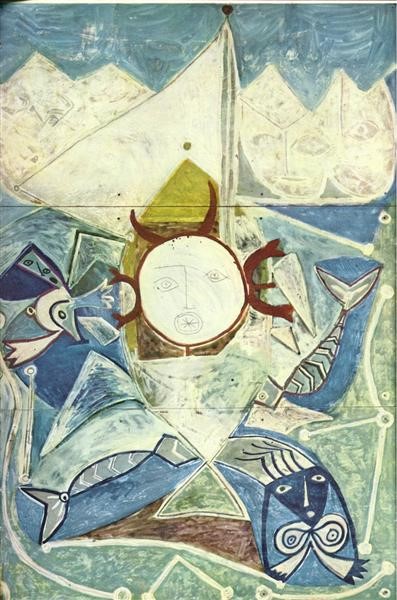
This shift opens up a series of interpretative branches. The first of these obviously concerns the repatriation of myth into a theological problematic that makes revelation, or the revelation-redeeming pairing, its central stake.
Should we see in this a proximity to the situation of the German Jews of the interwar period and their legacy to European Judaism? Undoubtedly, but its meaning remains difficult to determine. It has to do with the kind of myth, or the rearrangement of myth, that is required in a historical configuration where revelation is simultaneously inherited and rejected, proposed and withdrawn, in the manner of those open and closed doors that punctuate the work of Kafka. Through these questions, our relationship to Ulysses is formulated, the way in which we must understand his ingenuity. Every parable aims at circumscribing a sufficiently large space to relaunch the search without predetermining its outcome. We will only note what Kafka, surreptitiously, slipped into this parable a key to understanding the effect of his own prose, what was so striking about it for a whole generation united in the same historical experience.
It may be that tradition is silent, but this does not have the meaning that we think. It may be that its silence, against all expectations, is its weapon, that it is the mark it takes to signify its absence, and to put us before our own choices, in any case those, decisive, where we still play what deserves for us, secularized subjects, the name of salvation. In this respect, Ulysses is the witness of the ancient world where, with the exception of the sirens (whose true powers he did not know), it is the songs that guide or lead astray. He is very different from us, not very modern in fact. But he teaches us precisely for this reason, by virtue of the distance from which he stands. What we learn from his ruse, which is childish and anyway out of step with his purpose, is what he himself had spared himself from hearing: the fact that there are silences that we must overcome, and not only harmful songs.
Let us translate the parable into a more direct Jewish language, the language of the law. Life under the law, in the modern regime which claims the law is an organizing principle, does not separate us from this law’s revealed character. But it rather leads us back to the ambiguity that revelation now entails, to the silence with which it is clothed in order to manifest itself. Kafka’s entire work revolves around this obscure center: the law exists as inaccessible, so that the problem is not so much to lift its secret as to admit that it has none. Judgment and justification are split, their communication obstructed by a crowd of characters who can be talkative or mute, agitated or calm, but whose function is always to postpone or suspend any desire for coincidence. Modern subjects, at least Jewish subjects for whom modernity takes on this eminent problematic character, are not at all like Ulysses: they are listening, anxiously, as long as they are sincere and undertake to break with their cultural slumber.
For them, it is then as if the revelation were reduced to a negation: you will not know, there is nothing to know. What they discern is of this type: the bottom of the law is not of the order of what could be scrutinized, heard and re-articulated. It is a silent background, but meaningful as silent, a foundation on which rests, without ever being able to relate to it positively, all that, in our language, belongs to justification – of morality, of law or of politics. Or else, we have no other tradition than that which repeats its withdrawal indefinitely, enveloping in this movement each of our words in a halo of loss where its deepest meaning lies.
Thus, can be briefly expressed the mixture of revolt and revival that Kafka delivered to his quasi-contemporaries, those German Jews who saw the core of their perplexities reflected in his texts, and used them, commenting on them, as a loom on which to weave their garment of exile – it being understood that exile, for them, could not have the same meaning as the Galut of the Ostjuden. Fascinated by the Jews of the East, they were nonetheless Jews of the West, the new “perplexed.”
Depending on whether one turns to Benjamin or Scholem, the results obtained differ. They are developed in dialogue and against the background of a common opposition to a re-enchantment of tradition and to a too-abrupt theologization (that of Max Brod, for example). But, from then on, their divergence is clear. In Benjamin’s case, the path chosen is that of a theory of language and myth from which the theological motif is certainly not expelled, but where it is reduced to an interrogation, at the crossroads of metaphysics and philosophical anthropology, on the nature of symbols and signs. In Scholem’s case, it is the refusal to weaken the “central Jewish nerve of this work” that dominates, within a framework that is that of a completely recast history of Judaism. The theological aspect is thus all the more strongly assumed, to the detriment of the mythological dimension. For Scholem, the significance of the work lies much more in its capacity to rest the problem of revelation on the tense line of Jewish duration than in its ability to bring to light a “primitive world” underlying language.
One point unites the versions. In each case, the transmission of an intransmissible remains the heart of the question. But the alternative is all the clearer between, on the one hand, a tradition that has become unreadable and is called upon to take in the nothingness of revelation as its only truth (so that the experience of language brought back to its silent bottom seems to become, in Benjamin, a new polarity), and a meditation on the transmission of the law where its indecipherable character plays out as a test of its expressly revealed character. In this second case, Kafka is a Kabbalist lost, or rather reborn, in the modern world. In the first case, he is above all an invaluable guide – alongside other modern authors, such as Proust – in the strata of the life of signs where one is constantly threatened to get lost.

As we can see, the “silence of the sirens” can summarize, in a cryptic formula, a certain experience of modernity, lived specifically from a Jewish point of view, and in that very fact significant for all. It can act as a switch, the point of bifurcation being fixed in an intense experience of reading. A non-religious reading, not conducted according to the rules of tradition, whether it comes from afar or from near, but no less intense. That is, intensely Jewish and modern at the same time.

